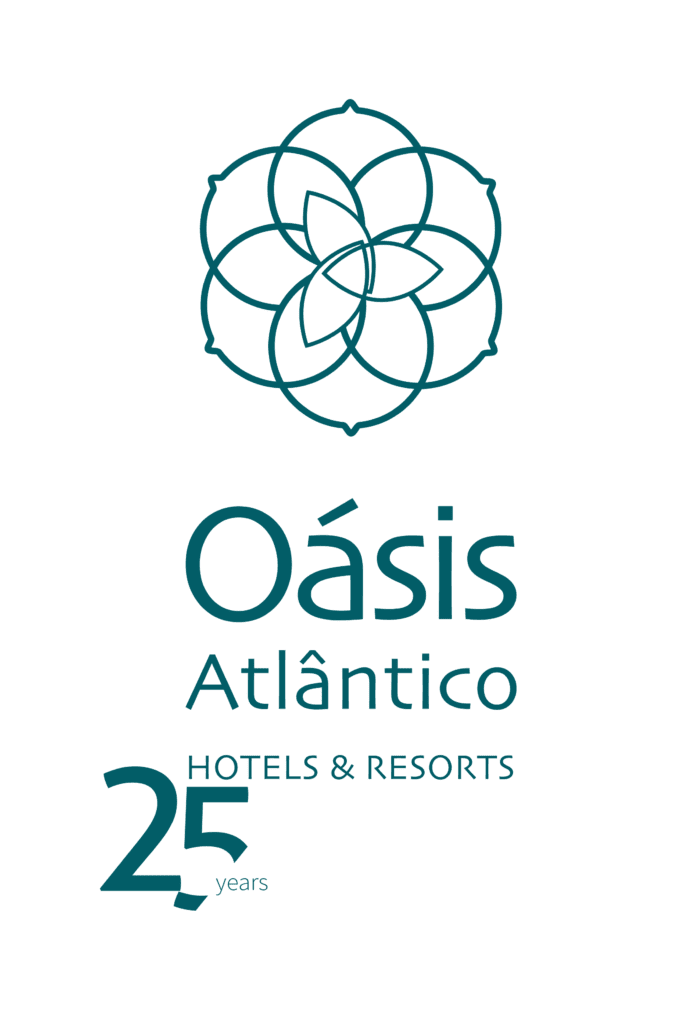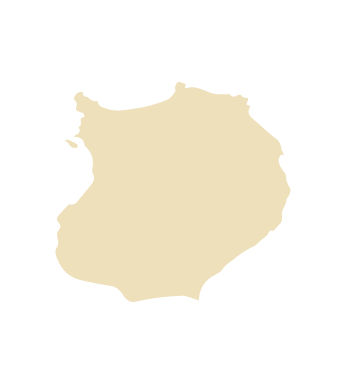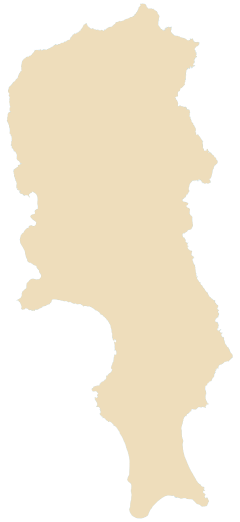Boa Vista Island
Known for its sand dunes and volcanic landscapes.
Hotels
Boa Vista Island

It is an island in the Barlavento group of Cape Verde. Of all the 10 islands in the archipelago, it is the most easterly, just 455 km from the African coast.
It is the third largest island in the country, after Santiago and Santo Antão, and the one with the longest beaches in Cape Verde.
History
The island of Boa Vista was discovered in 1480 by Diogo Gomes and António di Noli (a Genoese navigator in the service of the Portuguese crown) and named São Cristóvão at the time. Its development only took place in the 17th century when the quality of the existing salt in the territory was realized. Until then it was only used for raising cattle.
In 1620, Povoação Velha was founded, the first town in Boa Vista.
The salt business was profitable until the beginning of the 20th century, but from then on the island lived off fishing and handicrafts.
It was in Boa Vista that “morna”, the most famous Cape Verdean musical style, appeared.
Nature
Sal has about 35,000 inhabitants and is close to the African continent, which makes it vulnerable to the hot, dry desert wind that carries sand from the Sahara.
The extreme flatness, despite its volcanic origin – the lack of mountains with the exception of the north of the island, which condense the atmospheric humidity makes it a very arid island with extensive white sand beaches and a mild climate with little temperature variation, between 24º and 30º.
Nature
The island is mainly made up of sedimentary rocks with eruptive outcrops in the Rabil and Fundo das Figueiras areas, and the surfaces are generally quite flat. Pico d’Estancia is the highest point on the island, at 387 meters high.
Filled with dunes that give it a lunar landscape, the island has 55 km of beautiful beaches with white sand and emerald water, characteristics that make Boa Vista an exceptional tourist destination.
Culture
The island of Boa Vista, located in the Cape Verde archipelago, has a rich culture influenced by its history and geography. The mix of European, African and American races and influences has created a unique and vibrant culture.
Music is an important aspect of the culture of the island of Boa Vista. The archipelago’s typical music, known as “morna”, is often played at social events and festivals. The morna is usually performed with guitar, cavaquinho and viola, and is characterized by melancholy lyrics that talk about life on the islands and the nostalgia of the emigrants.
Another important aspect of the culture of the island of Boa Vista is dance. The archipelago’s typical dance is called “coladeira”, which is usually danced in pairs and is characterized by smooth and fluid movements. The coladeira dance is often performed at festivals and cultural events on the island.
Handcraft is another important form of cultural expression on the island of Boa Vista. Local artisans create a variety of items including pottery, fabric, jewelery and wooden objects. These items are sold in markets and craft stores around the island, and are a popular way to take island culture home as a souvenir.
The cuisine of the island of Boa Vista is another important aspect of its culture. The food is heavily influenced by African and Portuguese cuisine, and includes dishes such as cachupa (a corn stew), pirão (a type of polenta) and goat meat. Fresh fish is also an important part of the local diet, such as swordfish and tuna.
Places to visit

Sal Rei

The capital of the island of Boa Vista, Sal Rei, is a small town, developed around the municipal square. It is worth visiting the fish market, which is bustling in the morning.
Golden Dunes of the Viana Desert

Just one kilometer long and about 5 km long, it is characterized by light sand mixed with black earth grains. Ocean winds carry huge volumes of sand from the African continent, depositing them on the island of Boa Vista due to its proximity to the continent. This sand creates true desert dunes, interspersed with sparse vegetation and some very dark volcanic rocks, which transports us to a lunar landscape.
Salinas of Pedra de Lume

Pedra de Lume is a town located on the east coast of Sal Island. It is located by the sea, and has a beach integrated into a landscape of remarkable beauty. Nearby, in the crater of an ancient volcano, into which the seawater infiltrates and later evaporates, are the Pedra de Lume Salt Pans, whose salt gives Sal Island its name.
Much of the salt produced on the island is treated at an existing factory in Pedra de Lume. In some of the salt pans, it is possible to try to dive into its highly concentrated salty waters. The high salt density prevents people from reaching the bottom, allowing them to float effortlessly.
Praia de Santa Mónica

The longest beach in Cape Verde is 11 km long and is located in the southwest part of the island. In winter, the strong swell offers, in many parts of the coast, perfect places for experienced surfers. During the whale season, you can see them along the coast.
Buracona – Natural Pool

Buracona is a small bay located approximately 4 km west of the island’s capital, Espargos.
Praia da Varandinha

Among the rock formations that are exposed next to the sand, there is a natural cave, overlooking the sea, known as Bracona. The lack of road connections makes access to this beach difficult, favoring its isolation and contributing to its almost untouched wild environment.
Cabo Santa Maria

Atalanta Beach is also known as Cabo Santa Maria. due to the Spanish freighter Cabo Santa Maria stuck on the beach for 50 years.
It sank in September 1968. The fact that the ship ran aground on a sandbar next to the beach, without any breakage or structural damage, reveals that the accident was not of technical origin, but the reason for the accident was never revealed .
Morro da Areia

Morro de Areia is a nature reserve that covers the southwest coast of the island. It owes its name to the Morro de Areia hill, at an altitude of 167 m, with a kilometer-long sandy beach, coastal cliffs, dunes, an irregular water course and scrubland.
Observação de Tartarugas

The island of Boa Vista is known for preserving what makes it unique, such as the sea turtles that occur on the sands during the spawning season (August). To ensure the preservation of this species, there are foundations that intervene locally to reduce the damage they may cause to the species.



